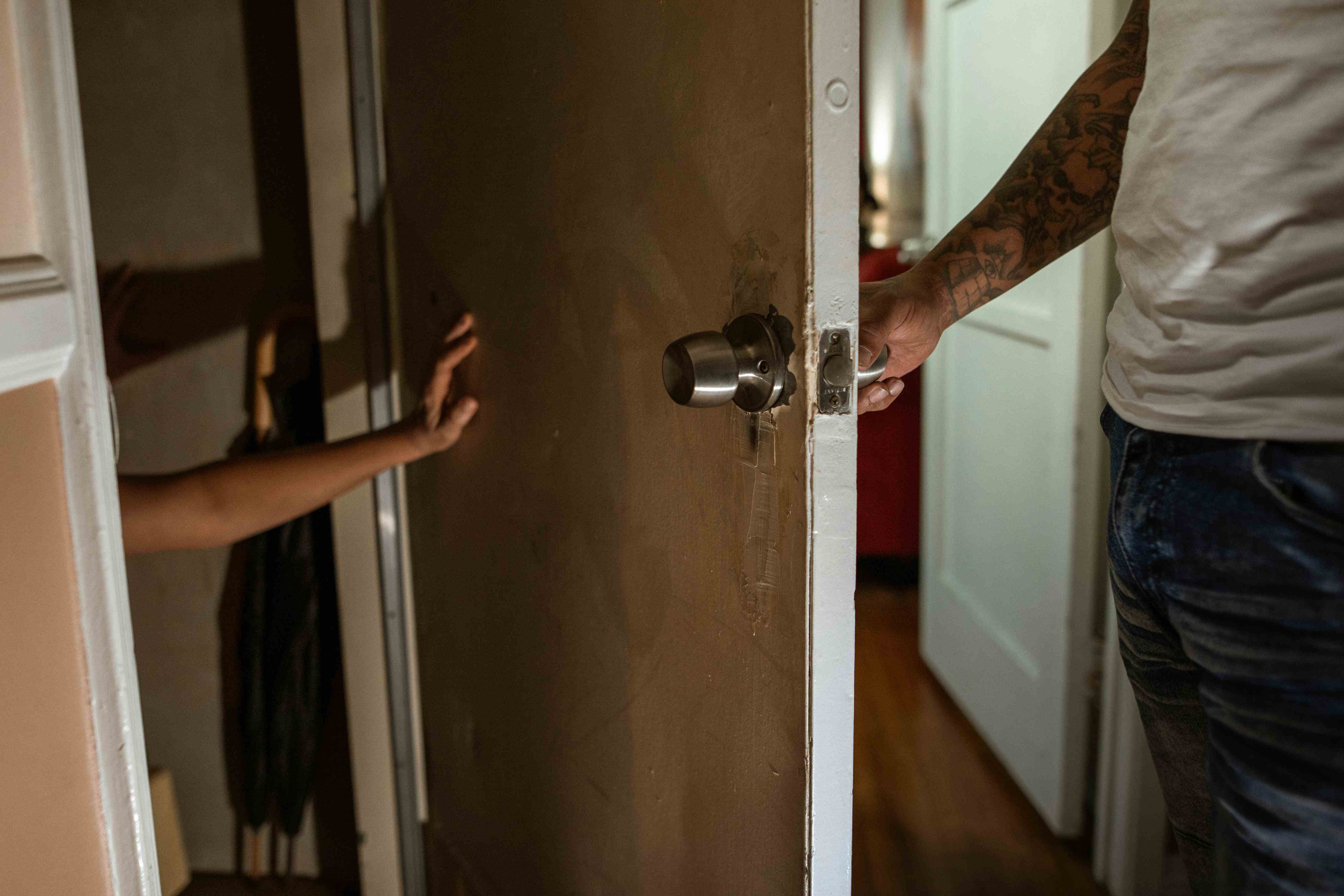#119 - Resist Acquaintance Rape

References Chrisler, Joan C., Golden, C., & Rozee, P.D. (2004). Lectures on the Psychology of Women, 3rd Edition. NY: McGraw Hill. Krebs, C.P., Lindquist, C.H., Warner, T.D., Fisher, B.S. & Martin, S.L. (2007). The Campus Sexual Assault (CSA) Study. U.S. Department of Justice. Document No.: 221153. Fisher, B.S., Cullen, F.T., & Turner, M.G. (2000). The sexual victimization of college women. Washington, DC: U.S. Department of Justice. Hickman, S.E. & Muehlenhard, C.L. (1997). College women's fears and precautionary behaviors relating to acquaintance rape and stranger rape. Psychology of Women Quarterly, 21, 4, 527-547 Tark, Jongyeon and Kleck, Gary. (2014). Resisting Rape: The Effects of Victim Self-Protection on Rape Completion and Injury. Violence Against Women, 20, 3, 270-292. doi:10.1177/1077801214526050 Ullman, S.E. (1997). A 10-year update of “review and critique of empirical studies of Rape avoidance.” Criminal Justice and Behavior, 34, 411-429.
Written by Juanita N Baker, Ph.D.


 Give to Florida Tech
Give to Florida Tech 